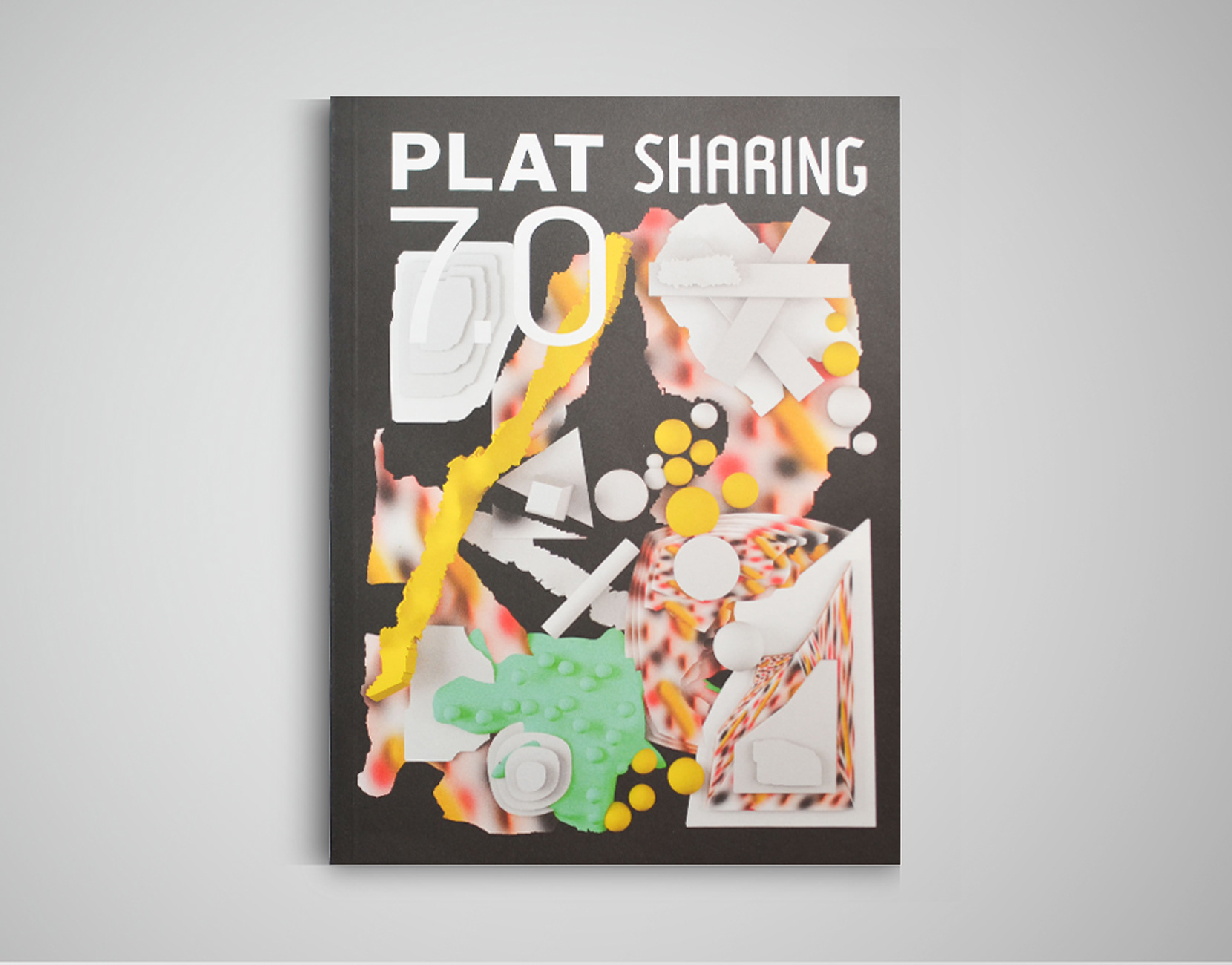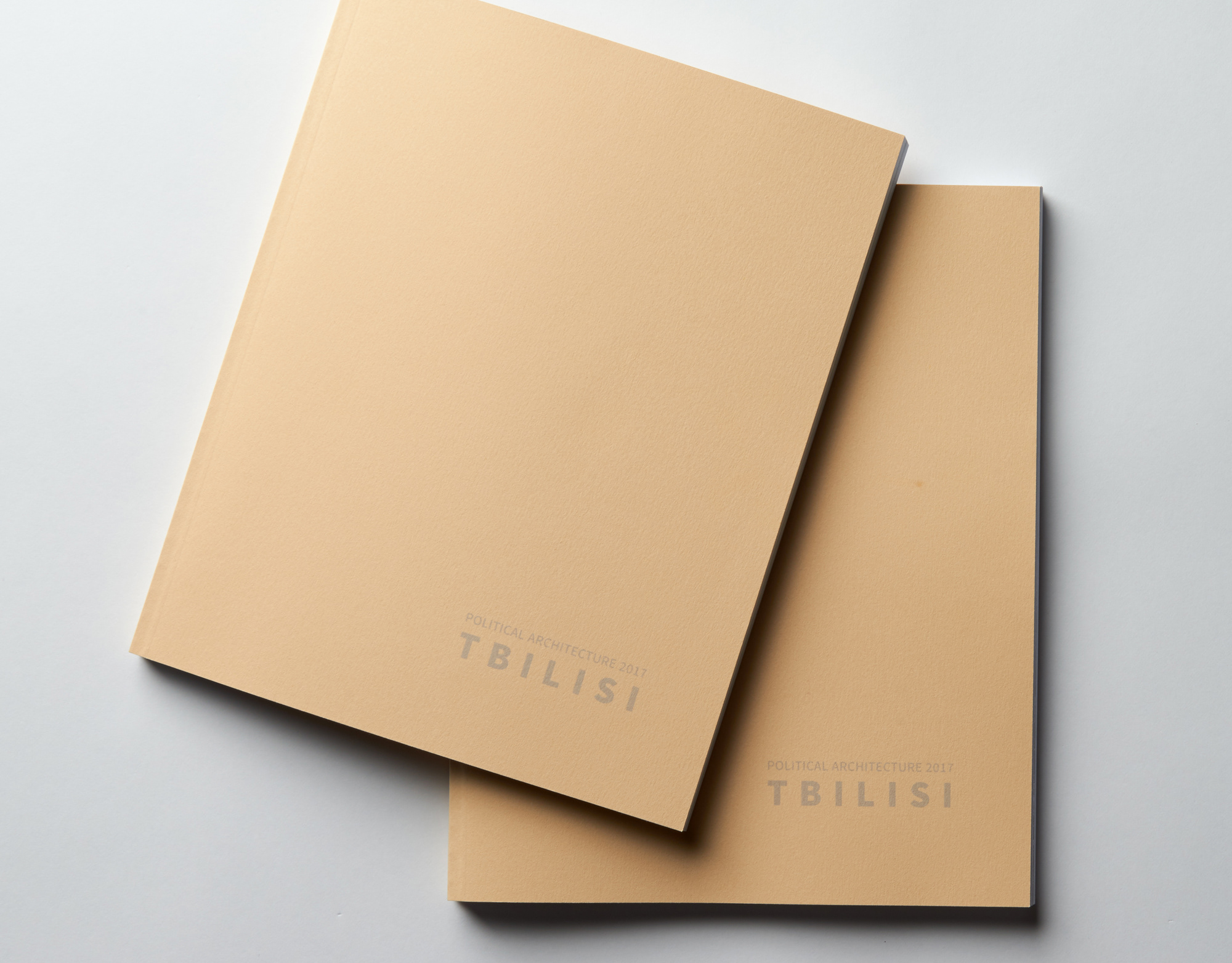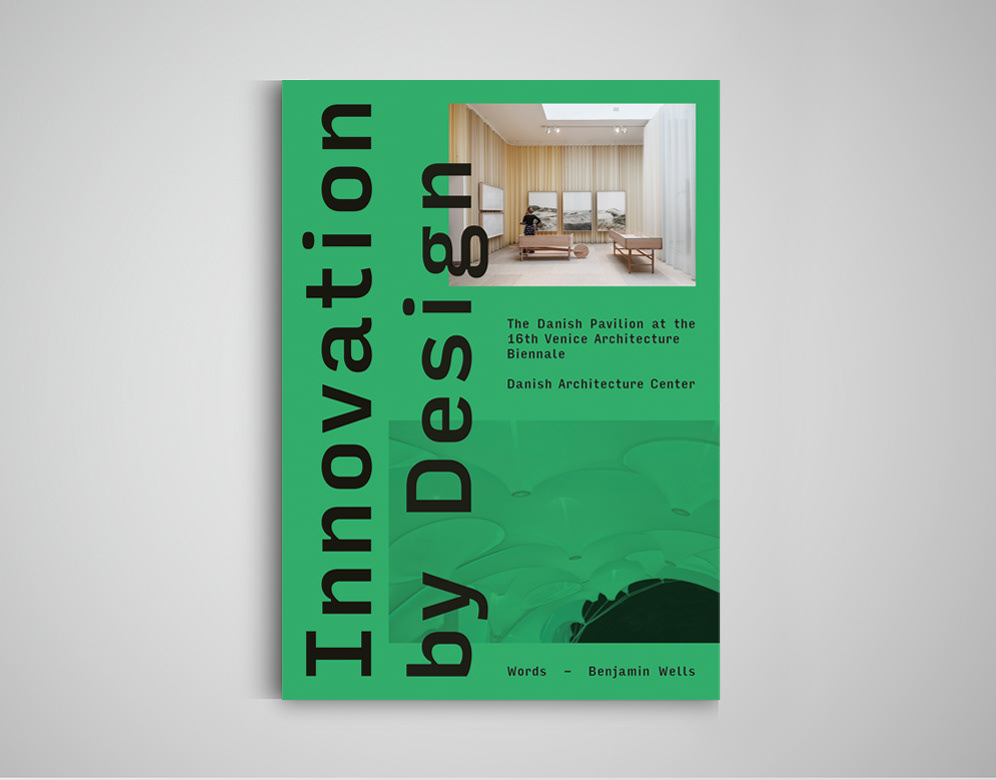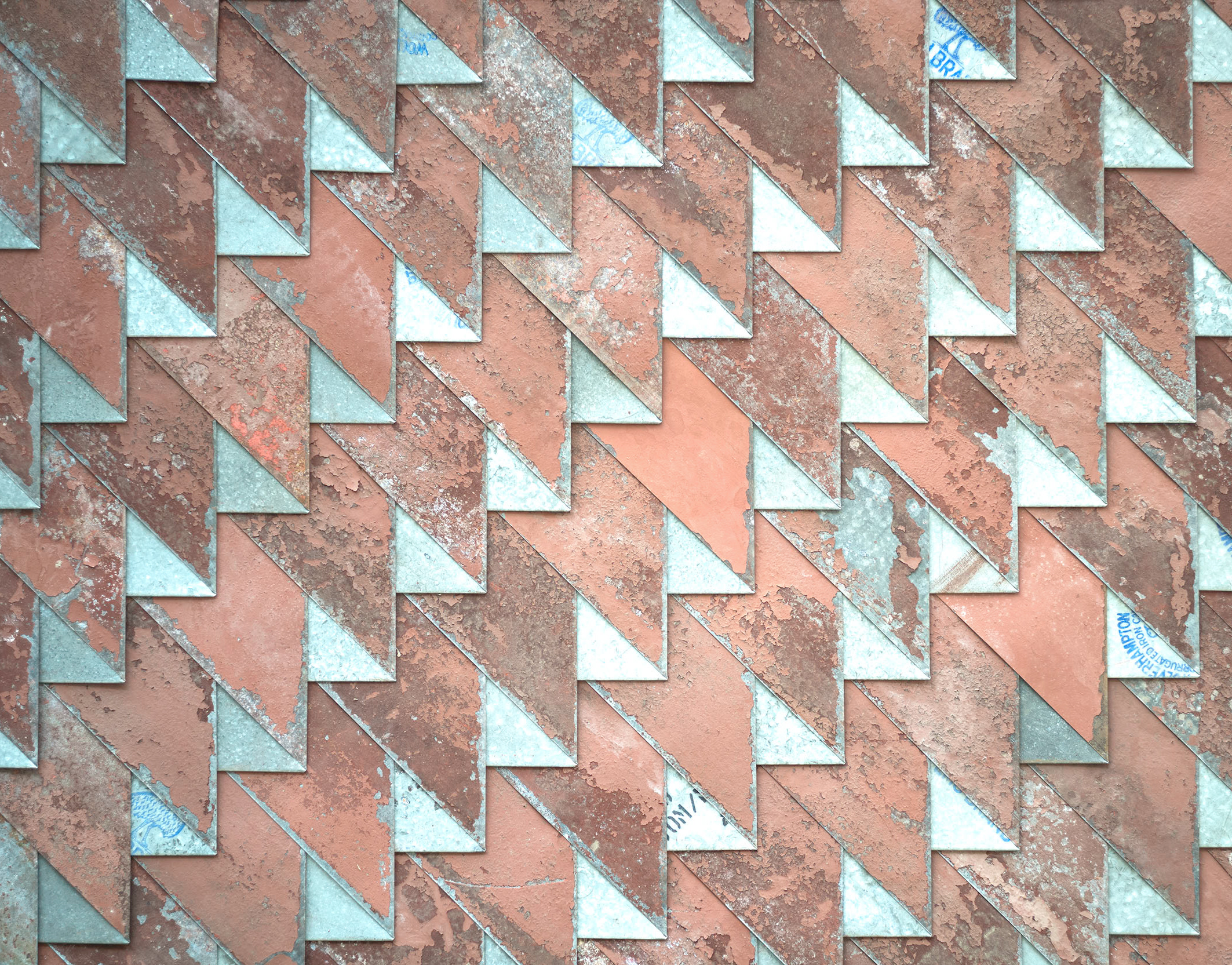Wrapped in an opalescent polycarbonate envelope, the Crystal’s form is hewn from a particular composition of building regulations and programmatic requirements. Extruding from the brick fire walls of a neighboring housing block, the Copenhagen sports and culture center provides a glowing landmark for the local community.
Despite studies showing it to host one of the sportiest populations in Denmark, in 2003 the Amager district of Copenhagen had a distinct lack of public sports facilities. Keen to forward their liveability agenda, Copenhagen municipality set about highlighting a suitable plot while defining the brief for a competition that aimed to address this deficit while developing a new typology for public spaces of recreation.
The project brief asked for a detached 3,000 square meter building, consisting primarily of a football pitch. Dorte Mandrup Arkitekter, in collaboration with Brandlhuber+, responded by proposing a building that would fill the entire 5,000 square meter site, but could be built within the same budget. The schematic design achieved this by placing the football pitch along the edge of the site boundary, optimizing its position in accordance with various regulations and extruding its form to meet the four fire walls of the neighboring housing blocks. The roof form was defined by the 7 meter height requirement for football pitches, along with the building regulations and restrictions relating to setbacks and clearances between the fire walls and their intermediary courtyards.
In order to offset the cost of this increased volume, the building was stripped back to its core elements - an undulating floor surface finished in vibrant green, a lightweight and efficient steel and timber structure, and an opalescent polycarbonate membrane constituting all external surfaces. This translucent membrane stretches over the sports field and the neighboring culture center, rising up to meet the fire walls and pinching at their apexes.
This polycarbonate cladding is pigmented to regulate light exposure, and is oriented to reduce internal glare. It is this translucent quality, along with the building’s crystalline geometry, that has earned the sports and culture center its official nickname - the Crystal. The cladding offers the internal space a natural light quality during the day, as if it were a multi-functional urban space with only a skeletal structure enclosing it. By night the building glows from within, acting as a beacon within the residential neighborhood and marking its presence as a bold new form of recreational architecture.
The interior ground plane is defined by a continuous green landscape that undulates between the football pitch and the surrounding terraces. This brings a visual unity to the various spaces, and accommodates both daily sports and cultural activities, and evening concerts and theatre performances.
Brandlhuber+ describe the project as a ‘translucent barn’, whose form does not distinguish between roof and wall and is therefore seemingly ambiguous in function. They conceive of the building as a direct product of the city’s building regulations, the project’s functional requirements and the client’s budget, and argue that ‘this approach does not derive from a responsibility to an anonymous authority, but is more likely a result of logic.’
Whether or not this is particularly exceptional, their commitment to this rationale defines an urban figure that seems both familiar and striking, while providing a convincing justification for the building’s tectonic expression.
View at source.
Photographs © Michael Reisch









